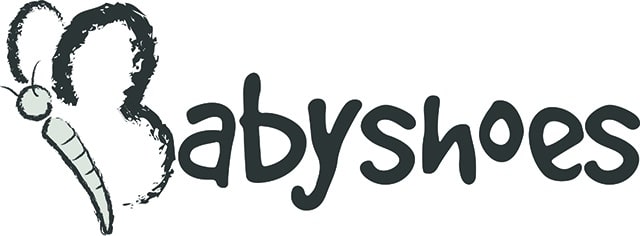The Production Process
Embark on a journey with us as we unveil the meticulous craftsmanship behind our Borboleta and Fofito leather baby shoes. From the first cut of premium leather to the final stitch, discover the artistry and precision that shapes every pair through the California sole construction process:
Design and Pattern Making: The process begins with designing the shoe. Once the design is finalised, patterns for each part of the shoe are created. These patterns are crucial for cutting the leather accurately.
Material Selection: High-quality leather is selected for the upper part of the shoes, considering factors like texture, durability, and safety for babies. The materials for the sole, which include neolite or rubber, flexible materials, are also chosen.
Cutting the Leather: Using the patterns, the leather is cut into the required shapes. This is done using precision cutting tools and machinery to ensure consistency and quality.
Preparing and Stitching the Upper: The cut leather pieces are then prepared for stitching. This involves skiving (thinning the edges) and applying the necessary adhesives. The pieces are stitched together to form the upper part of the shoe. This may include adding decorative elements, and fastenings.
Lasting: The upper is then stretched and molded over a shoe last (a foot-shaped mold) that is specific to baby shoe sizes. This step is crucial for giving the shoe its final shape and ensuring a comfortable fit.
California Sole Construction: In this method, the sole is stitched to a thin leather strip (also known as a welt) that is attached to the bottom edge of the upper. This construction method is known for its durability and flexibility, which are essential in baby shoes.
Attaching the Sole: The sole, which is pre-prepared, is then attached to the bottom of the lasted upper. This is done using glue.
Finishing Touches: Once the sole is attached, the shoe undergoes finishing touches. This includes cleaning, polishing, and inspecting the shoe for any defects. Additional decorative elements can also be added at this stage.
Quality Check: Quality control is a critical step where each shoe is thoroughly inspected for craftsmanship, comfort, fit, and safety standards, ensuring they are perfect for sensitive baby feet.
Packaging: After passing quality control, the shoes are carefully packaged, with a cardboard shoe shaper that ensures they retain their shape during shipping and storage. They are also wrapped in a thin tissue paper for extra protection.
The guys who produce the Borboleta and Fofito brands aren’t just shoemakers – they’re true artists! Without their talent and dedication, the brands wouldn’t have earned the reputation they enjoy today. We wanted to share a little more about the awesome people behind our beloved brands.
Situated in a picturesque corner of North-West Portugal, celebrated for its storied tradition of shoemaking, the family-run factory stands as one of the rare champions of children’s footwear.
The shoes owe their charm to Ana and Augusto, a husband-and-wife team whose passion and expertise are the lifeblood of our shoe brands.
Ana: The Shoe Whisperer
- With more than a decade in footwear factories, apparently Ana can hear a shoe’s sole sing.
- She’s worked with the big wigs – think Ecco and the other brand that can’t be named in our office (Clarks), but found her true calling in making children’s shoes.
- Ana’s expertise isn’t just in making shoes; it’s in orchestrating a symphony of soles and laces, managing production, organisation and the general factory environment.
Augusto: The Shoe Magician
- Augusto started as a shoe designer, probably drawing shoes before he could tie them.
- His stint at Howard Lambert Global means he’s made more shoes than fairy tales have elves.
- He’s the guy who ensures our shoes don’t just fit; they perform a little happy dance on children’s feet.
